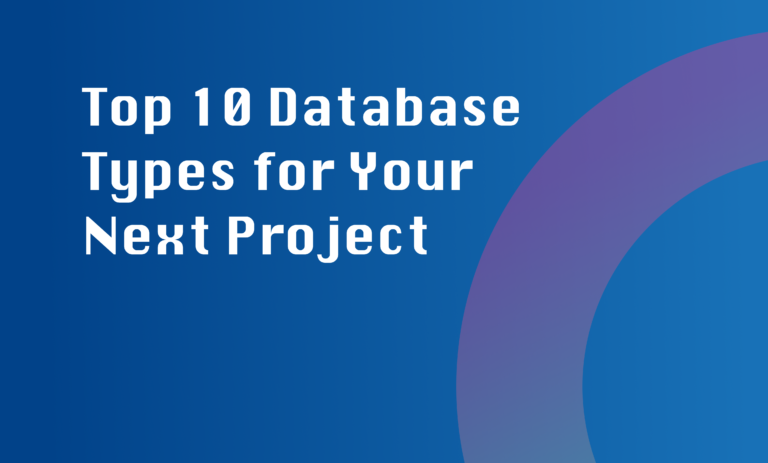How can I enhance the performance and responsiveness of my desktop application?
To enhance the performance and responsiveness of your desktop application, there are several key strategies you can follow. These include optimizing code, managing resources efficiently, using appropriate data structures, implementing caching techniques, and optimizing database operations. Additionally, you should consider multithreading or parallel programming to improve concurrency and responsiveness. Prioritizing user interface design, minimizing external dependencies, and conducting thorough performance testing are also crucial. By following these practices, you can significantly enhance the performance and responsiveness of your desktop application.
